Last updated on May 27th, 2024 at 05:50 pm
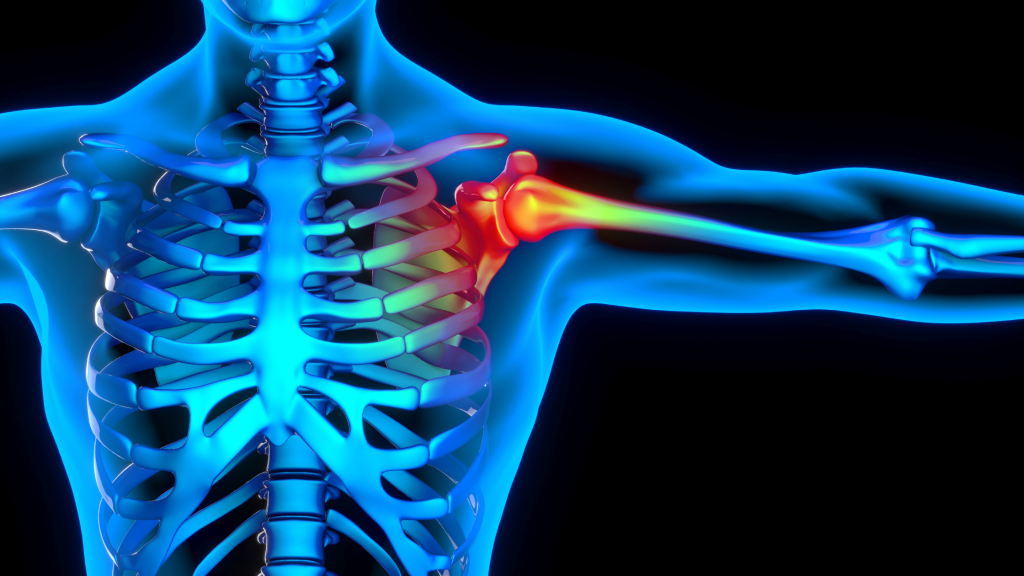
Frozen shoulder is a very painful shoulder condition that makes it difficult to comb your hair and undo clothes. One of the main complaints is night shoulder pain. It is also termed peri-arthritis shoulder and adhesive capsulitis, and it commonly affects females more than males.
In this article, we will try to understand what a frozen shoulder is, why it happen and how your physiotherapist can help you.
Table of Contents
What is a frozen shoulder?
Frozen shoulder is a clinical syndrome characterized by pain and gross restriction of shoulder movement and which is associated with contraction & thickening of the joint capsule.
The sufferer usually describes constant pain that remains the whole day long as an “electric current” type of painful feeling when trying to move the shoulder or when something hits it.
Shoulder stiffness is a common complaint that results in unbearable pain when putting on and off clothes or reaching the back pocket. But what causes frozen shoulder
Causes of periarthritis shoulder
- A frozen shoulder can occur due to a primary or secondary cause.
- Primary idiopathic frozen shoulder is frequently linked with other illnesses and conditions, such as diabetes mellitus, and may be the initial manifestation in a diabetic patient1.
- Individuals with systemic conditions like thyroid disease and Parkinson’s disease face an elevated risk.
- Secondary adhesive capsulitis can occur after shoulder injuries or immobilisation after the fracture around the shoulder joint (e.g. clavicle fracture, rotator cuff injury, shaft of humerus fracture).
- These patients develop pain from shoulder pathology, which leads to reduced movement in that shoulder and, thus, a frozen shoulder1.
There are various contributing factors, but the exact cause is still unknown. However, it commonly affects females more than males. common in the middle and elderly age group. The contributing factors could be:
- Pain- Because of pain, the shoulder remains immobilized, leading to adhesion formation in the shoulder joint’s capsule.
- Immobilisation- In some cases, the condition is initiated by a period of immobilization, such as prolonged use of a shoulder sling after Colle’s fracture.
- Posture– Wrong posture like kyphotic, head forward, rounded shoulder.
- Occur more in female particularly postmenopausal women.
- Diabetics are found to be more prone to it.
What goes wrong in your shoulder
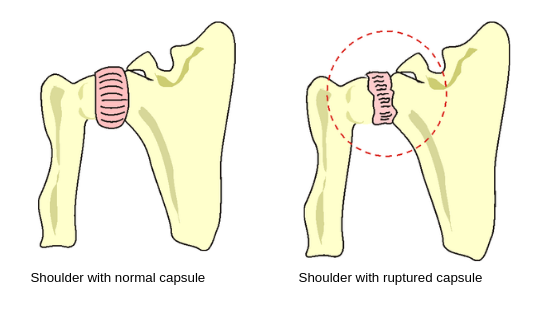
Every joint has a capsule (outer covering) around it. As you can see in the figure, the shoulder joint also has a capsule around it and in the frozen shoulder this capsule dries up.
The capsule dries up, shrinks, and adheres to the joint and its surrounding structure. This stiffens the shoulder and produces a great deal of pain when one tries to elevate it.
With time, due to lack of shoulder movement and pain, the muscles surrounding the shoulder start to become weak.
Symptoms & 3 stages of perarthritis shoulder
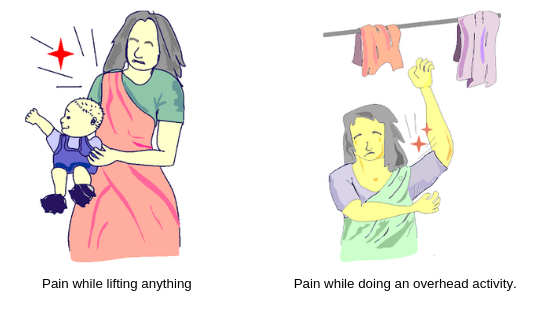
A frozen shoulder is a very painful condition; usual complaint of the patient is:
- Pain with activities.
- Pain during the night.
- Unable to do overhead activities such as combing and wearing t-shirts due to to pain and shoulder restriction.
- Unable to reach back pocket.
- Weakness in hand.
- An electric shock like pain in hand if shoulder gets hit by something.
- unable to lift the object.
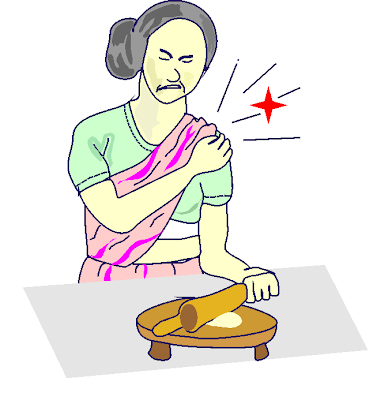
3 Stages of frozen shoulder
Frozen shoulder occurs in three phases: freezing (painful), frozen (adhesive) and thawing, and is often self-limiting.
Stage 1: Freezing Phase
Pain is often most severe during the freezing phase. This phase can last for 2-9 months1.
- Characterised by pain on outer side of the upper arm.
- Pain is more during the night.
- The patient can lie on the affected side of the shoulder
- Complains of pain with activities
- Restriction of shoulder movement begins at this stage.
Stage 2: Frozen Phase
In this phase, severe pain begins to subside but there is a progressive loss of shoulder range of motion. This phase can start in the 4th month and can last up to 12 months.
Stage 3: Thawing Phase
This is the final phase the duration of which is 5 to 26 months. In the thawing phase, the patient experiences a gradual return of range of motion. It is crucial to get the shoulder back to normal as quickly as possible by regaining full movement and strength.
How Physiotherapy can help in frozen shoulder
Your physiotherapist will thoroughly do the physical examination of your affected shoulder. They will measure the ROM (Range Of Motion) of the shoulder. It is the measure of how much the shoulder is moving in every direction or how much the joint is restricted.
Depending on the severity of pain and restriction of movement they will devise treatment plans and exercises for the same. I have described the process of treatment in a very brief manner.
1) Interferential therapy (IFT)
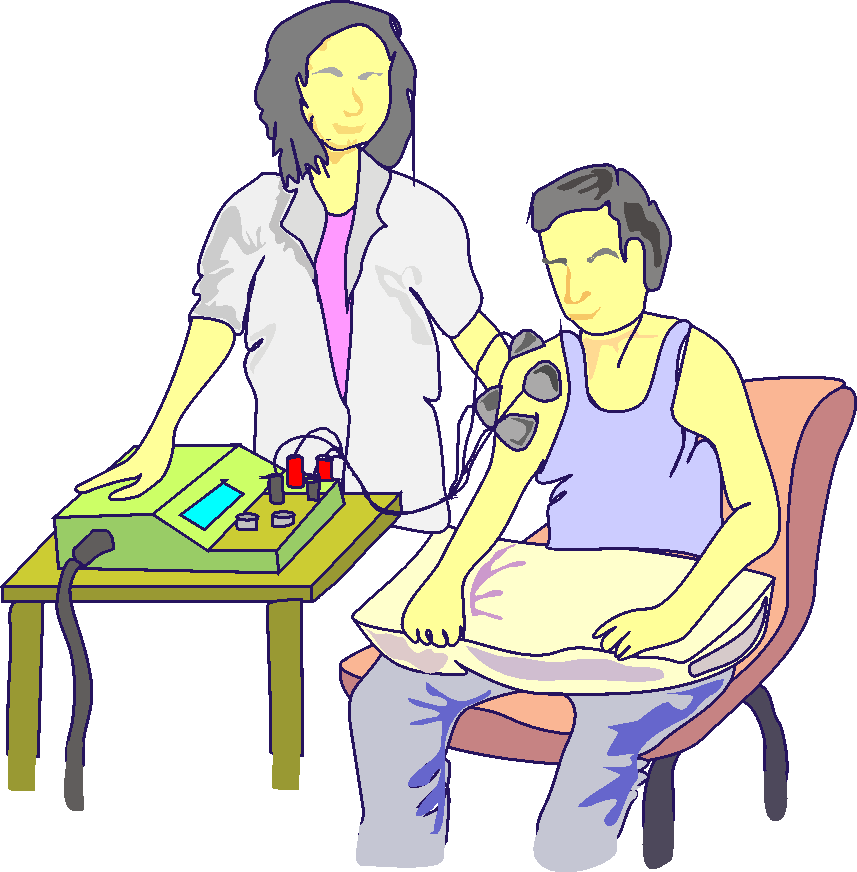
IFT or interferential therapy It is a modified electrical stimulation given to muscle and nerve. This is very beneficial for the reduction of pain.
2) Ultrasonic therapy (UST)
Ultrasonic therapy has thermal effects and micro-massage effects of ultrasonic rays emitted by Ultrasonic Machine relieve pain and relax the tight muscle and contracted capsule.
3) Mobilization of shoulder
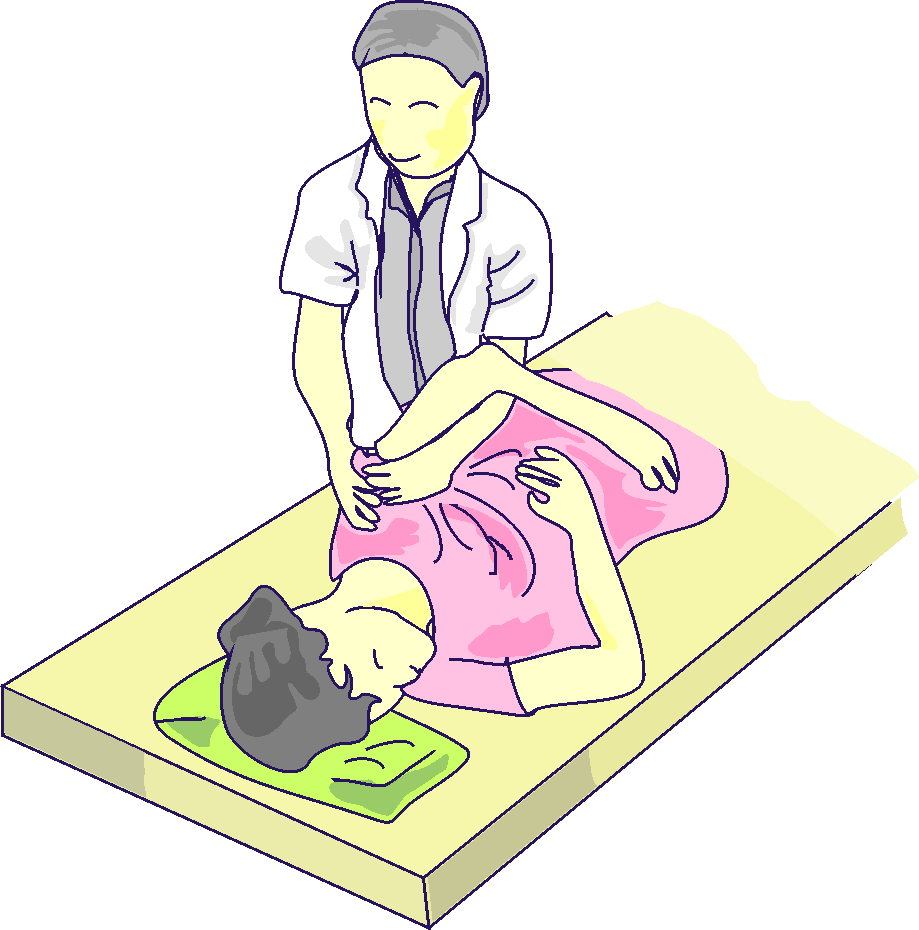
The physiotherapist gently moves the shoulder. It is a special technique that can only be done by a physiotherapist
4) Rope and pulley
Simple rope and pulley arrangements can be done in the home. It can be attached to doors or windows and accordingly used by frozen shoulder sufferers. It is very effective for the flexibility of the shoulder joint.
5) Shoulder Wheel

The shoulder wheel is one of my favourite physiotherapy equipment for frozen shoulders. It is can be found in any good physiotherapy centre. It is very helpful in gaining the range of motion of the stiff shoulder.
What can be done at home
Frozen shoulder sufferer should note that pain in the shoulder and restriction of movement is interlinked. It means that; to reduce pain in the long term, the restriction of movement has to be addressed. This can be done by doing shoulder stiffness exercises regularly. Here is a list of links you can visit for exercises.
- 5 frozen shoulder exercises for quick relief.
- Frozen shoulder stretching exercises.
- 4 Easy Shoulder Wand Exercises for Painful, Stiff Shoulder
Exercises are very important, however, you may sometimes develop pain after the exercise session. This is quite normal and you need not have to worry about it. In addition to this, the injured rotator cuff also needs nourishment. Let me share some important tips and products that can help you with this.
If you have pain, simply apply a pain ointment over the painful area and let the body absorb it for 10 minutes. After a gap of ten minutes apply a hot pack over the area and you would feel almost instant relief. Here are two nutraceutical products I would highly recommend to you. These are natural products prepared from extracts from plants and herbs and do not have any side effects.
JOINT FLEX OINTMENT
This highly effective pain balm I would like to recommend to you. I often prescribe this to my patient at my clinic. Get this for yourself now.
The author is a physiotherapist who has been practising for the last 17 years. He holds a Bachelor's in Physiotherapy (BPT) from SVNIRTAR (Swami Vivekananda National Institute of Rehabilitation and Research), one of the prestigious physiotherapy schools in India.
Whatever he learns dealing with his patient, he shares it with the world through blogs and e-books. He also owns a YouTube channel, "Sunit Physiotherapist" with over 8 lakh active subscribers. Here, he shares everything he gets to learn serving the patient.

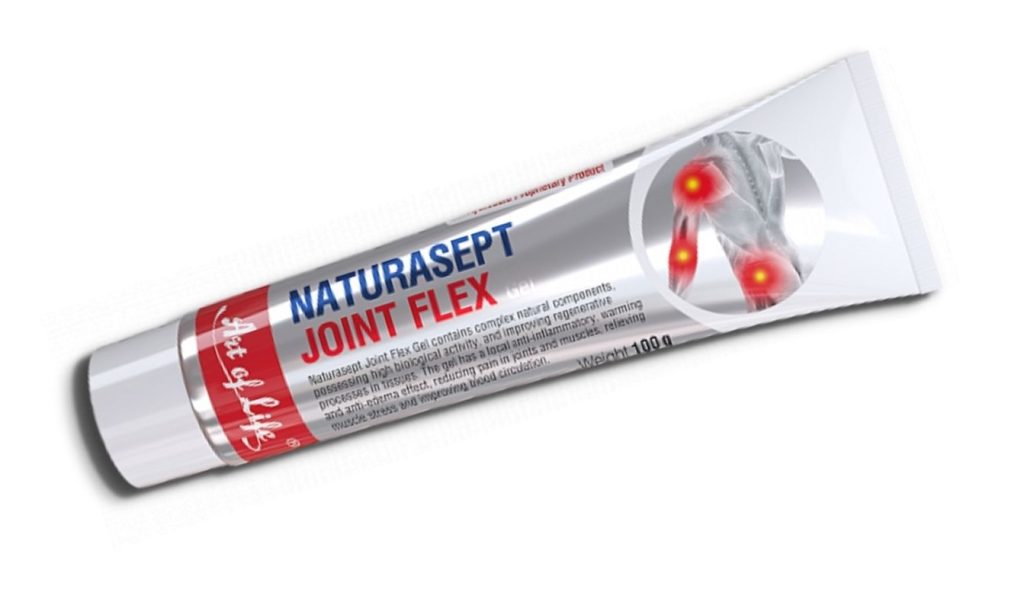
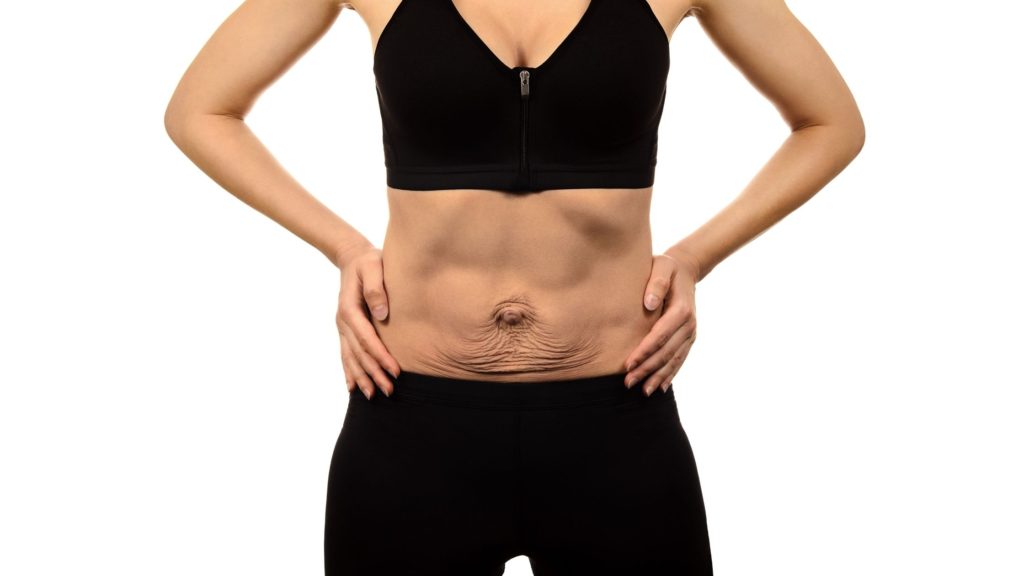
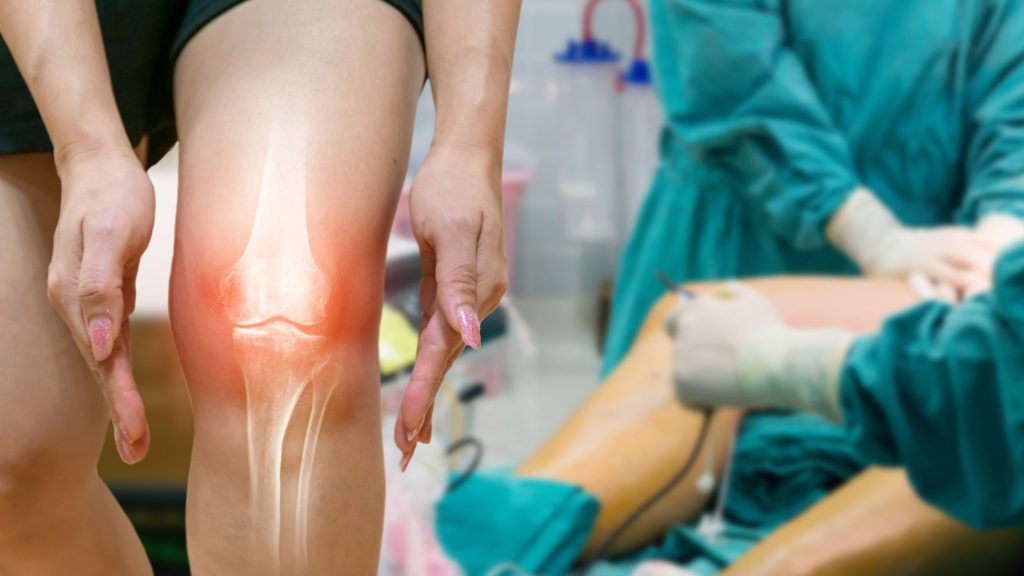
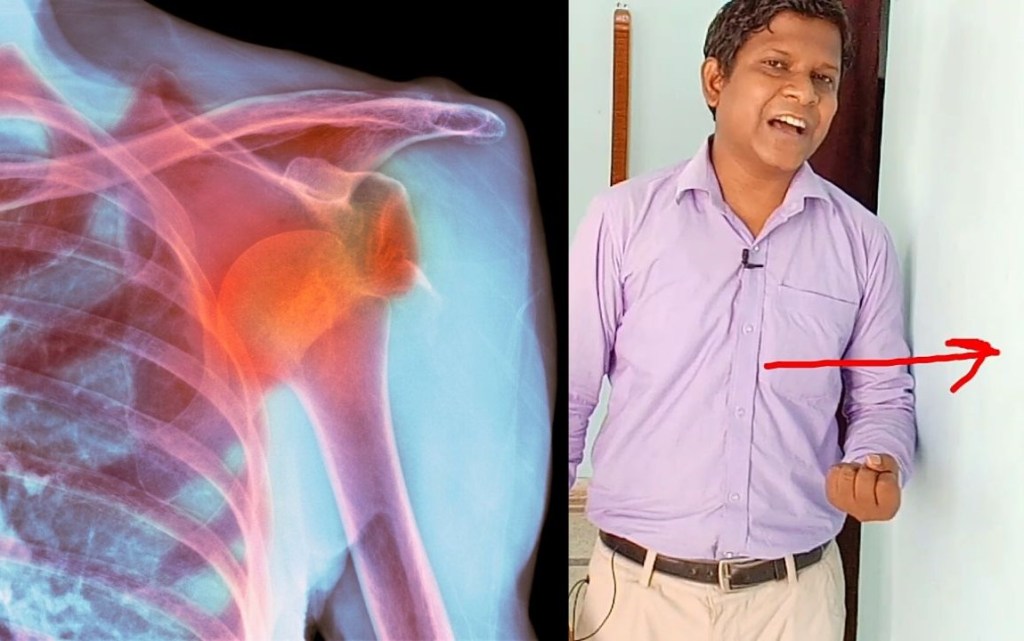
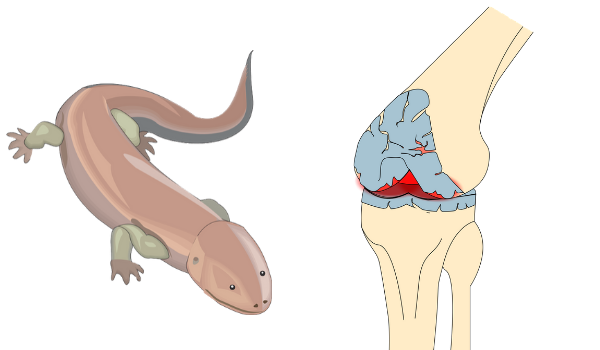


Pingback: Best Exercise for Shoulders Related Issues - Physiosunit
Pingback: 5 Frozen Shoulder Exercises for Quick Relief - Physiosunit
Pingback: What's Infrared in Physiotherapy, When & How to Use : Physiosunit
Pingback: Shoulder pain at night: Tips that actually work : Physiosunit
Thnx
Atmosphere and environment of classroom is very important tool to enhance the students learning. Furniture in the classroom should be comfortable and it should look nice so that students pay their full attention on studies and ukessayservice.biz here is there to help.
Hi Max,
Yes you are absolutely true. women here have to work hard and in turn some of them suffer from frozen shoulder. But there is also a scientific fact that females are more pron to frozen shoulder than male. if we believe scientific data, than female is to male ratio is 3:1.
It is true that most of the time, the women of Asia specially are suffering from that problem because they live a very hard life as doing something all the day for the family and in the end have to get the services of physiotherapist to get rid of pains and inflammation.
Thanks Max
Amazing post.